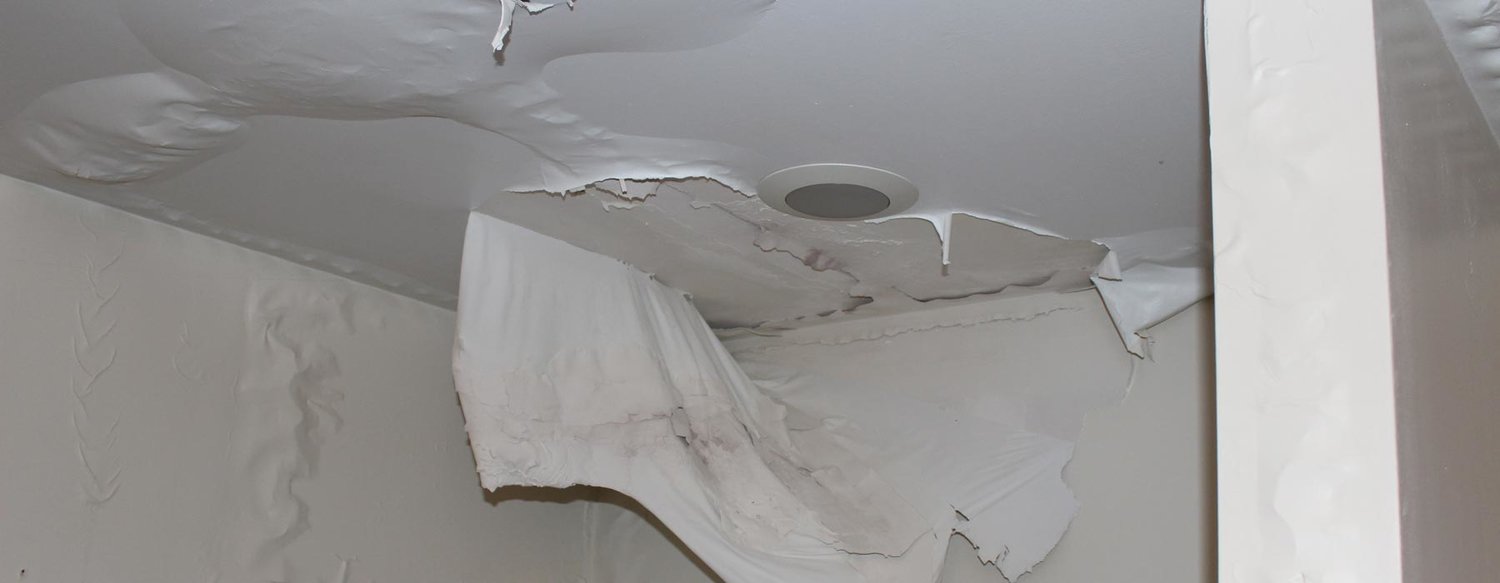Were you searching for advice about Fire And Water Damage Prevention?

Though water provides life, water intrusion on components where it's not supposed to be can lead to damages. If the water saturates right into your framework, it can peel off away surface areas as well as erode the structure. Mold and mildew and also mold also thrive in a moist environment, which can be harmful for your wellness. Houses with water damages odor musty and also old.
Water can originate from several sources such as hurricanes, floods, burst pipes, leaks, as well as sewage system issues. In case you experience water damage, it would certainly be good to know some safety preventative measures. Below are a couple of guidelines on how to take care of water damage.
Do Prioritize Home Insurance Policy Protection
Water damage from flood dues to heavy winds is seasonal. However, you can also experience a sudden flooding when a defective pipeline all of a sudden ruptures right into your residence. It would certainly be best to have home insurance that covers both acts of God such as all-natural calamities, as well as emergency situations like busted plumbing.
Do Not Neglect to Turn Off Energies
In the event of a catastrophe, especially if you live in a flood-prone area, it would certainly be recommended to switch off the main electrical circuit. This removes power to your entire house, stopping electrical shocks when water comes in as it is a conductor. Don't fail to remember to transform off the primary water line valve. Furniture will certainly move around and also trigger damage when floodwaters are high. Having the primary valve shut off protects against additional damages.
Do Stay Proactive and Heed Weather Condition Signals
Pay attention to discharge cautions if you live near a creek, river, or lake. Doing so reduces prospective residential property damages.
Do Not Neglect the Roofing System
You can avoid rain damage if there are no openings and also leaks in your roofing. This will avoid water from streaming down your walls and saturating your ceiling.
Do Pay Attention to Small Leaks
A ruptured pipe doesn't take place over night. Typically, there are red flags that suggest you have actually damaged pipes in your home. As an example, you may see bubbling paint, peeling off wallpaper, water streaks, water spots, or leaking noises behind the wall surfaces. Eventually, this pipeline will break. Preferably, you ought to not await points to escalate. Have your plumbing repaired before it leads to substantial damages.
Do Not Panic in Case of a Burst Pipe
When it comes to water damage, timing is key. Hence, if a pipeline ruptureds in your house, right away shut off your primary water shutoff to cut off the source. Call a respectable water damage remediation specialist for aid.
Water gives life, water invasion on parts where it's not supposed to be can result in damages. Houses with water damages odor stuffy and also old.
Water damages from flood dues to heavy winds is seasonal. You may discover bubbling paint, peeling wallpaper, water touches, water discolorations, or dripping sounds behind the walls. When it comes to water damage, timing is crucial.
Some Do's & Don't When Dealing with a Water Damage
DO:
Make sure the water source has been eliminated. Contact a plumber if needed. Turn off circuit breakers supplying electricity to wet areas and unplug any electronics that are on wet carpet or surfaces Remove small furniture items Remove as much excess water as possible by mopping or blotting; Use WHITE towels to blot wet carpeting Wipe water from wooden furniture after removing anything on it Remove and prop up wet upholstery cushions for even drying (check for any bleeding) Pin up curtains or furniture skirts if needed Place aluminum foil, saucers or wood blocks between furniture legs and wet carpet Turn on air conditioning for maximum drying in winter and open windows in the summer Open any drawers and cabinets affected for complete drying but do not force them open Remove any valuable art objects or paintings to a safe, dry place Open any suitcases or luggage that may have been affected to dry, preferably in sunlight Hang any fur or leather goods to dry at room temperature Punch small holes in sagging ceilings to relieve trapped water (don't forget to place pans beneath!); however, if the ceiling is sagging extremely low, stay out of the room and we'll take care of it DO NOT:
Leave wet fabrics in place; dry them as soon as possible Leave books, magazines or any other colored items on wet carpets or floor Use your household vacuum to remove water Use TV's or other electronics/appliances while standing on wet carpets or floors; especially not on wet concrete floors Turn on ceiling fixtures if the ceiling is wet Turn your heat up, unless instructed otherwise

I'm very taken with Fire And Water Damage Prevention and I hope you enjoyed reading the new page. So long as you enjoyed our blog entry if you please remember to pass it around. I thank you for reading our article about Safety Tips To Prevent Fire And Water Damage.